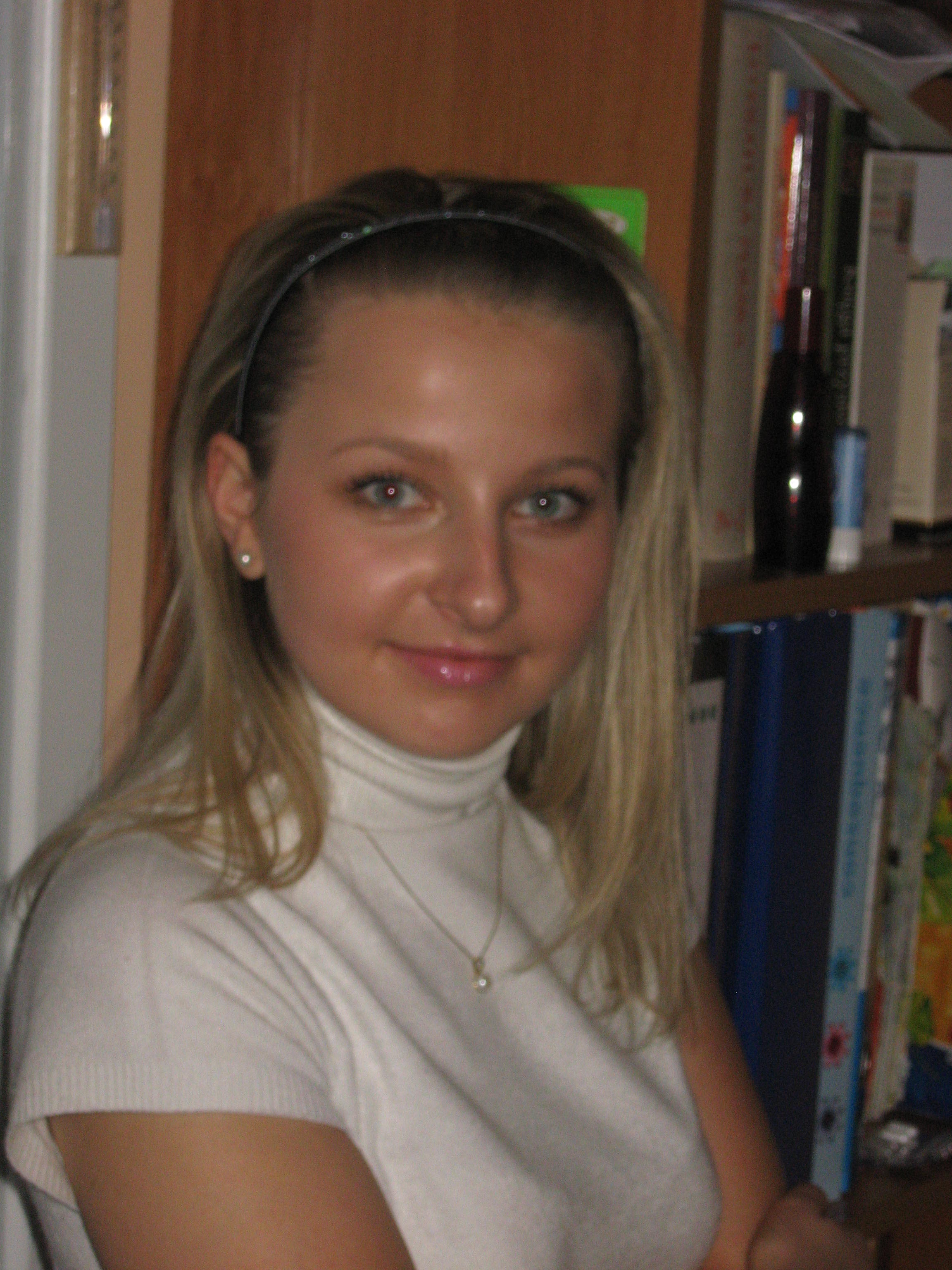Heino
❤️ Click here: Suche polin
Creative international networking will be the focus of the third day of the conference. Beautiful cottage in north west corner of Scotland within the John Muir Sandwood Bay Estate in the village of Polin. Гјber ihr Heimatland - Leute, Kultur, Geschichte, - bei einem Kaffee oder Spaziergang austauschen kann.

The architects kept the museum in the colors of sand, giving it a more approachable feeling. Junge Polin sucht Arbeit als Junge Polin sucht Arbeit als Seniorenbetreuung Junge Polin 25 Jahre Alt , mit Berufserfahrung, sucht Arbeit als Seniorenbetreuung, oder Krankenbetreuung, 24 Stunden in Blocksystem bis 14 Tage Monatlich. Г¤nin etc sucht devoten deutschen Ehemann? The main hall forms a high, undulating wall.

Er Sucht Sie Polin - Polin günstig gebraucht kaufen und verkaufen dhd24 ist eines der führenden Kleinanzeigenportale Deutschlands.

The museum's cornerstone was laid in 2007, and the museum opened on 19 April 2013. The core exhibition opened in October 2014 and features a multimedia exhibition about the Jewish community that flourished in Poland for a thousand years up to the. The building, a structure in glass, copper, and concrete, was designed by Finnish architects and Ilmari Lahdelma. In 2005, the Association of the Jewish Historical Institute of Poland established a private-public partnership with the and the City of. The Museum's first director was Jerzy Halbersztadt. In September 2006, a specially designed tent called Ohel the Hebrew word for tent was erected for exhibitions and events at site of the museum's future location. An international architectural competition to design the building was launched in 2005, supported by a grant from the Ministry of Culture and National Heritage. On June 30, 2005, the winner was announced by the jury as the team of two Finnish architects, Rainer Mahlamäki and Ilmari Lahdelma. On June 30, 2009, construction of the building was officially inaugurated. The project was completed in 33 months at a cost of 150 million allocated by the Ministry and the City, with a total cost of 320 million zloty. It is financially supported by annual funds from the Polish Ministry of Culture and Warsaw City Council. The building opened and the museum began its educational and cultural programs on April 19, 2013, on the 70th Anniversary of the. During the 18 months that followed, more than 180,000 visitors toured the building, visited the first temporary exhibitions, and took part in cultural and educational programs and events, including film screenings, debates, workshops, performances, concerts, and lectures. The Grand Opening, with the completed Core Exhibition, took place on October 28, 2014. The Core Exhibition documents and celebrates the thousand-year history of the Jewish community in Poland that was decimated by the. In 2016 the museum won the from the. The building's minimalist exterior is clad with glass fins and copper mesh. Silk screened on the glass is the word Polin, in Latin and Hebrew letters. Hebrew and Latin letters of the word Polin The central feature of the building is its cavernous entrance hall. The main hall forms a high, undulating wall. The empty space is a symbol of cracks in the history of Polish Jews. Similar in shape to gorge, which could be a reference to the crossing of the Red Sea known from the Exodus. The museum is nearly 13,000 square meters of usable space. At the lowest level, in the basement of the building will be placed a main exhibition about history of Jews from the Middle Ages to modern times. The museum building also has a multipurpose auditorium with 480 seats, temporary exhibition rooms, education center, information center, play room for children, café, shop, and in the future kosher restaurant. Since the museum presents the whole history of Jews in Poland, not only the period underthe designer wanted to avoid similarities to existing Holocaust museums such as the and the museum at which had austere concrete structures. The architects kept the museum in the colors of sand, giving it a more approachable feeling. Facing the Museum, is the In 2008, the design of the museum was awarded the Chicago Athenaeum International Architecture Award. In 2014, the designer Rainer Mahlamäki was awarded the Finlandia Prize for Architecture for his design of the museum. On June 17, 2009 the museum launched the portal, which collects and provides access to essential information about Jewish life in Poland before and after. The portal now features more than 1,240 towns with maps, statistics, and image galleries based in large measure on material provided by local history enthusiasts and former residents suche polin those places. It consists of suche polin galleries that document and celebrate the thousand-year history of the Jewish community in Poland — once the largest Jewish community in the world — that was almost entirely destroyed during the Holocaust. The exhibition includes a multimedia narrative with interactive installations, paintings and oral histories, among other features created by more than 120 scholars and curators. One item is a replica of the roof and ceiling of a 17th-century Gwoździec synagogue. Over the next thousand years, the country would become the largest European home for the Jewish community. Visitors meeta Jewish diplomat from Cordoba, author of famous notes from a trip to Europe. One of the most interesting objects presented in the gallery is the first sentence written in Yiddish in the prayer book of 1272. One of the most important elements in this gallery suche polin an interactive model of and Jewishshowing the rich culture of the local Jewish community. This golden age of the Jewish community in Poland ended with pogroms during the. This event is commemorated by a symbolic fire gall leading to the next gallery. It is shown by an example of a typical borderland town where Jews constituted a significant part of the population. The most important part of this gallery is a unique reconstruction of the roof and ceiling of Gwoździec, a that was located in pre-war. The exhibition includes the role played by Jewish entrepreneurs, such assuche polin the industrial revolution in Polish lands. Visitors also learn about changes in traditional Jewish rituals and other suche polin of life, and the emergence of new social movements, religious and political. This period is also marked by the emergence of modernwhich Polish Jews had to face. A graphic timeline is presented, indicating many of the most important political events of the interwar period. The exhibition also highlights Jewish film, theater, and literature. Visitors are shown the history of the Warsaw Ghetto and introduced to and suche polin clandestine group of volunteers that went by the code namewho collected documents and solicited testimonies and reports chronicling life in the Ghetto during the Nazi occupation. The gallery also portrays the horrors experienced by the non-Jewish population of Poland during as well as their reactions and responses to the extermination of Jews. An important date is the year 1989, markingfollowed by the revival of a small but dynamic Jewish community in Poland. Archived from on April 20, 2013. Goldmann, The Jewish Daily Forward, April 01, 2013. Peter Lang GmbH Internationaler Verlag der Wissenschaften. Studia Litteraria et Historica 6 : 1—21.
suche info
Diana Pinto; Ruth Ellen Gruber; Michael Peter Edson Program director: Prof. Demnach stammt ihr Großvater aus Poznan in Polen. The Grand Opening, with the completed Core Exhibition, took place on October 28, 2014. Freundschaft mit kultivierter Polin Suche eine kultivierte und sympathische Polin zwischen 5. Da ist er also, der Beweis. The museum's cornerstone was laid in 2007, and the museum opened on 19 April 2013. If you are looking for beautiful beaches and wild rugged.



